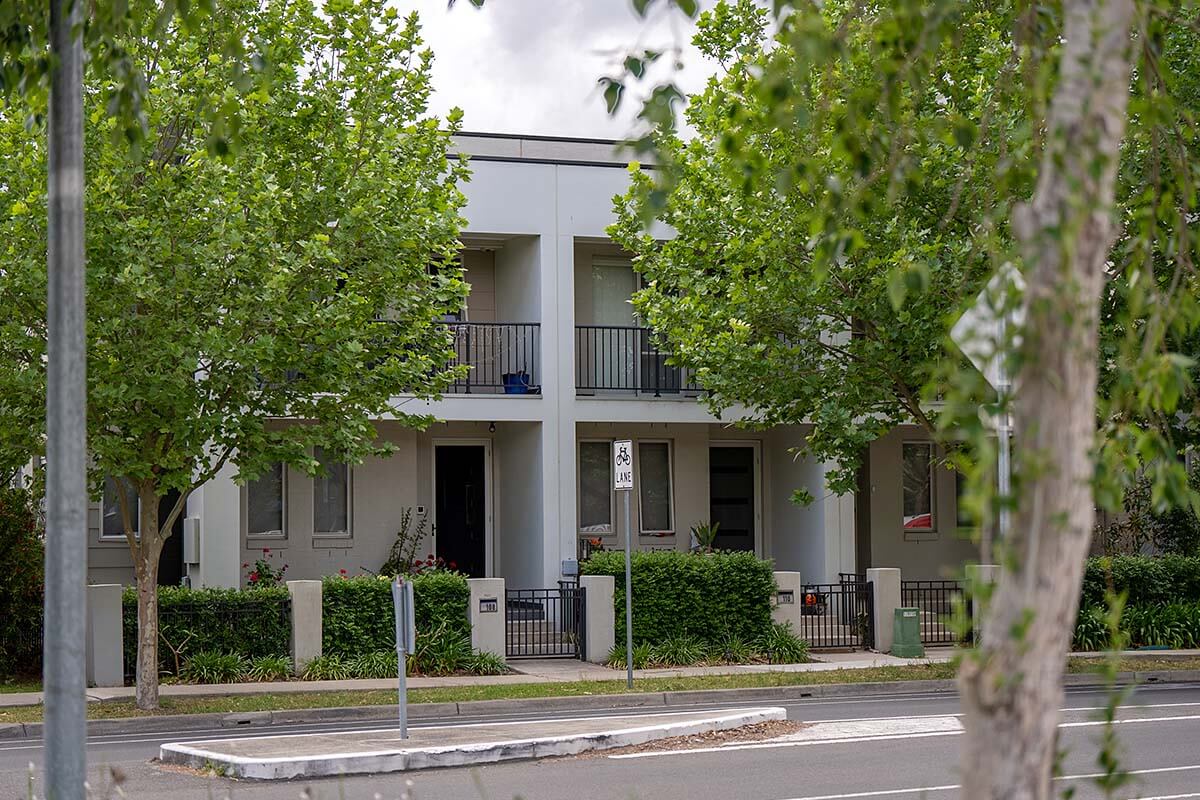The Inland Code is part of the State Environmental Planning Policy (Exempt and Complying Development Codes) 2008 (the Codes SEPP). It simplifies the planning process for homeowners and farmers in regional NSW.
The code brings together the planning rules for new homes, home renovations and farm buildings for all residential and rural zones in inland NSW. The code makes it easier, faster and cheaper for property owners to get approvals.
We consulted the community, councils and industry while developing the code and farm building standards.
The intention is to:
- make it easy to get approval in 20 days or less for new single-storey and 2-storey homes and home renovations in rural and residential zones
- simplify and tailor development standards to suit rural and regional inland NSW
- increase the use of complying development in inland NSW to speed up housing approvals
- allow construction of a greater range of farm buildings without approval and faster approvals for large farm buildings, to support the agricultural use of land.
You can build a new single-storey or 2-storey home or undertake home renovations as complying development in inland NSW if your proposal meets the development standards in the code.
Using the fast-track complying development pathway can save property owners thousands of dollars by eliminating the need for council approval.
Areas covered by the Inland Code
The code applies to the 69 local government areas shown on the Inland Code map (JPG, 817 KB).
For the complying development approval pathway to be available for your project, your council’s local environmental plan must allow the proposed development.
The Inland Code does not apply to new release areas where the greenfield housing code applies or to:
- land within heritage conservation areas or draft heritage conservation areas (apart from some minor work) or heritage items
- environmentally sensitive areas or environmentally sensitive land
- land identified in Schedule 5 of the State Policy
- other land set out in clause 1.19 of the State Policy.
Proposed changes to complying development pathway
We exhibited proposed changes to the Inland Code from 15 May to 14 June 2024.
We are considering feedback from the exhibition, which will inform the final changes.
During the exhibition, we proposed to increase the maximum shed sizes allowed on larger lots in R5 zoned land and to farm buildings outlined in the Inland Code. This would ensure sheds and farm buildings are fit-for-purpose, while preserving the surrounding landscape and visual appeal.
We also proposed to allow complying development on Class 2 acid sulfate soil areas. This would require a Preliminary Soil Assessment to be carried out by a suitably qualified expert, who can certify that an acid sulfate soil management plan is not required and there would be no or low impact. You can find out more about acid sulfate soils, including where they might be located, on the ePlanning spatial viewer.
These changes are part of several proposed amendments outlined in an explanation of intended effect (EIE) available on the NSW Planning Portal.
The changes seek to align the Rural Housing Code with the Inland Code, to make it easier for landowners and councils to understand the development standards and environmental requirements that apply on rural land.
Feedback received will help us to strike the right balance between simplifying complying development in rural areas and preserving the surrounding landscape and environmental values.
Expanded farm building standards
We have changed the general exempt development code to make it easier to build farm buildings.
The changes mean you:
- don’t need planning or building approval for larger farm buildings, including sheds, silos, grain bunkers and stock yards
- will have to obey the standards for matters such as height limits and setbacks for various types of farm buildings.
Existing exempt development restrictions will apply. The changes do not apply on land that is:
- a declared area of outstanding biodiversity value, critical habitat or wilderness
- a heritage item or contains a heritage item
- within 18 km of Siding Spring Observatory
- excluded under schedule 4 of the Codes SEPP.
View the new exempt development standards for farm buildings.
More information
For more information, phone 13 77 88 or contact us.
If English isn’t your first language, phone 13 14 50 and ask for an interpreter in your language, then ask to speak to us on 1300 305 695.
